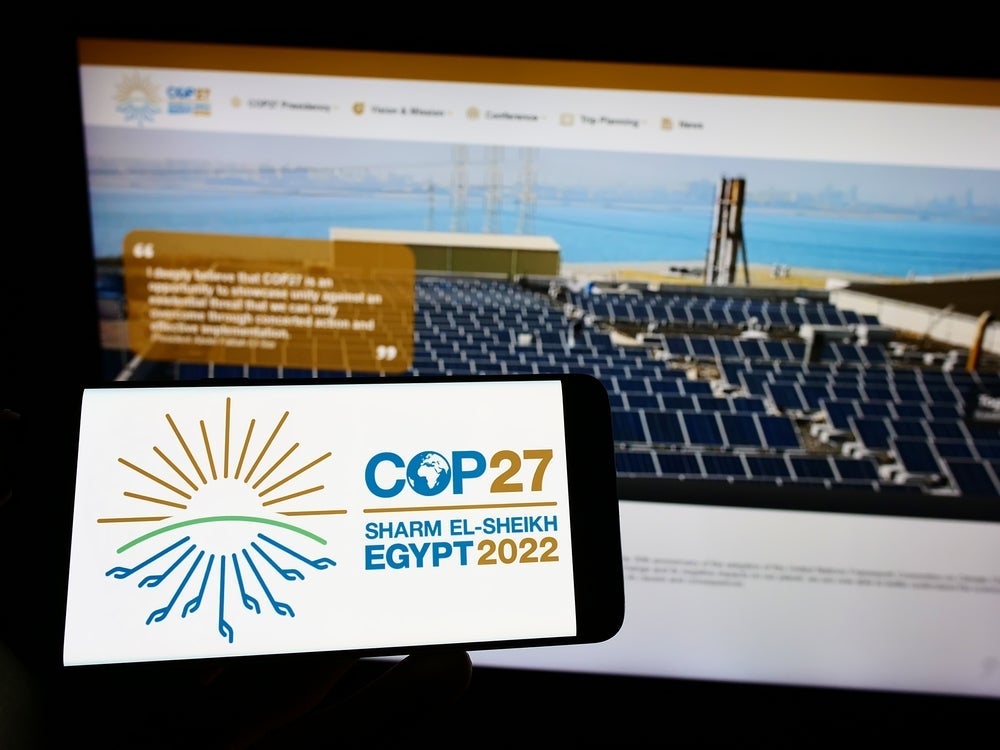The main perceived success of COP27 was the agreement between 200 nations to set up a “loss and damage fund”.
As part of the agreement, a fund would be established that would provide support to “developing countries” that have been impacted by climate change and need money to reconstruct social and physical infrastructure.
However, the anticipated setup of this fund failed to materialise throughout 2023. Despite negotiations being ongoing since COP27, they have been slowed down by a lot of disagreements. How this fund will work is still heavily disputed.
Roadblocks
One issue is who will pay and to whom? The initial concept was that so-called “developed” countries would be those to put money into this fund, as these are the main “polluters.” A “developed” country is defined by the criteria decided in 1992 by the UN. This means that China and Saudi Arabia are excluded from having to put money into the fund as they are not considered “developed” countries by the UN. However, this causes dispute as these two countries are both wealthy and heavy polluters.
Similarly, countries that have middle income such as Libya and Pakistan are excluded from help from the fund as they are not “low-income,” even though they are both battling recent climate change effects.
Another issue that has slowed down negotiations is establishing the role of multilateral development banks, as several governments argue that they will require extra help from banks like the World Bank. There was a development on this front; in an emergency meeting in Abu Dhabi earlier this week it was decided that the host of the fund for the upcoming four years would be the World Bank.
This emergency meeting also managed to set out the primary goals for 2024, in addition to stating that developing countries should play a key role. However, many countries—including the US as well as several developing ones—stated discontentment with the agreement that will be presented to world leaders at the upcoming COP28. Important gaps remain to be resolved to achieve a functioning fund.
The goals of COP27
In general, the goal of COP27 centred around adaptive measures to save those who are in danger of the effects of climate change. This includes floods, fires, and other adversities. It is undeniable now that the world needs to prioritise adaptive procedures to shield those most in danger of climate change.
Indeed, National Adaption Plans (NAPs) were at the heart of COP27 discussions; advancing the state’s efforts to improve adaptive function, resilience and minimise exposure to climate change.
Regarding these goals, the past year has not provided much optimism. In its last report, published earlier this year, the Intergovernmental Panel on Climate Change (IPCC) stated that vulnerable groups were not given adequate funds to adapt to the effects of climate change. The IPCC also alerted that, as time goes by, adaptive action will become inhibited and ineffective.
The United Nations Environment Programme (UNEP) calculated that $340bn is necessary every year for adaptation, however, at present, only 7% of all money from climate finance is put towards that. In addition, there is evidence of certain adaptive measures that have not worked and have, on the contrary, made vulnerabilities worse.
The Paris Agreement
Furthermore, it was stated in COP27 that countries should come to COP28 with sturdier plans to meet the goals of the Paris Agreement on limiting the global temperature increase to 1.5 degrees than they did in 2022. This agreement dates from COP21 in 2015. This year, the International Energy Agency (IEA) has been advocating for five pillars to keep the possibility of 1.5 degrees alive. These are “standards and regulation, financial and technical assistance, and market creation.”
Electric vehicles – a COP27 bellwether
A key way to gauge the goals of COP27 is to look at the industry that relies the most on fossil fuels: transportation. GlobalData found that battery electric vehicles are one of the most effective levers available to policymakers to reduce local emissions from road transport.
With novel climate policies, there has been a decrease in global emissions since COP27. The transition to electric vehicles (EV) was one of the options and has seen some success throughout 2023. The transition to clean and sustainable energy has increased in many sectors. In addition to EVs, the global solar capacity has grown more than twice the amount it did in 2021.
However, despite these efforts, the IEA says that government policies continue to be incredibly inadequate in meeting COP pledges. The UN has stated that it is not looking like the world is on track to limit the global temperature increase to 1.5 degrees.















